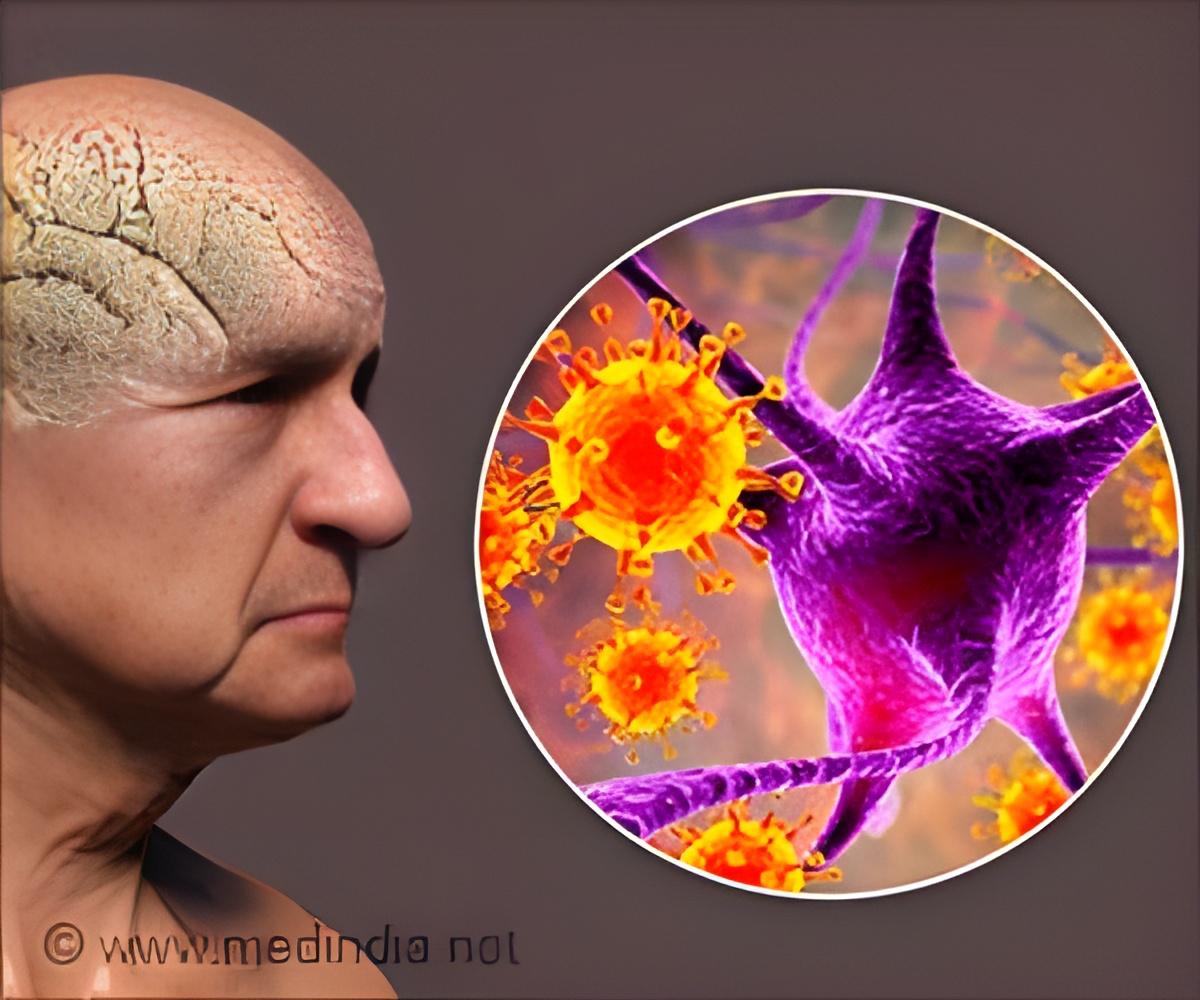All COVID-19 variants have the capacity to penetrate the brain and infect nerve tissue, mostly through the olfactory nerves.

- The primary variants of COVID-19 include the original SARS-CoV-2 (Wuhan)- Alpha, Beta, Gamma, Delta, Omicron, and recombinants
- All variants of COVID-19 have the ability to enter the brain and spread to nerve tissue, primarily through the olfactory network
- The Omicron variant is more virulent in impacting brain cells than all other variants
What are all the Variants of COVID-19?
Several variants of concern (VoCs) based on their evolution include:- 2019: original SARS-CoV-2 (Wuhan) - Alpha/B.1.1.7, Beta/B.1.351, Gamma/P.1.
- 2020: VoC Delta B1.617.2, AY
- 2021–2022: VoC Omicron and its lineages - BA.1, BA.2, and BA.5 and recombinants (XBB)
Neuroinvasion and anosmia are independent phenomena upon infection with SARS-CoV-2 and its variants
Go to source).
The Respiratory-Brain Link in COVID-19 Infection
After comparing infection with the 2020 original SARS-CoV-2 virus to a number of later variants, including the Gamma, Delta, and Omicron/BA.1 variants, it was discovered that all of the variants had comparable neuroinvasive potential. Most remarkably, all variations infected the olfactory areas of the brain, independent of the presence or absence of anosmia (loss of smell) symptoms (2✔ ✔Trusted SourceDifferential effects of SARS-CoV-2 variants on central nervous system cells and blood-brain barrier functions
Go to source).
SARS-CoV-2 is shown to enter the brain primarily through the olfactory pathway in vivo and to move both retrogradely and anterogradely down axons in microfluidic neuron-epithelial networks in vitro. It was proposed that axonal transport by cranial nerves (olfactory, vagus, and trigeminal) or the hematogeneous route might cause SARS-CoV-2 neuroinvasion.
There was a clear "variant-effect" in both the tissue-related inflammation and the clinical presentation, with the illness severity manifesting in the following order:
SARS-CoV-2 Wuhan > Gamma > Delta > OmicronBA.1.
This suggests that Omicron/BA.1 evolution has led to a tropism more limited to the upper respiratory tract, hence creating a less severe clinical illness.
Beyond identifying viral RNA and isolating the infectious virus from the olfactory bulbs, SARS-CoV-2's neuroinvasive capacity allowed researchers to see SARS-CoV-2-infected brain neurons with excellent clarity.
Even though clinical presentations evolved more similarly among COVID-19 variants, anosmia was less common in animals infected with SARS-CoV-2 Wuhan when compared to other variants. It may also be connected to the less severe initial aggression suffered by the olfactory epithelium due to lower viral doses. This may explain why other studies did not find olfaction failure despite detecting inflammatory alterations in the brain.
Cell Specific Targets of Omicron Variants
Research indicates the following cytopathic changes- structural changes in host cells caused by COVID-19 infection:- The wild-type (Wuhan) virus was cytopathic to all cell types except astrocytes
- Alpha and Beta variants were cytopathic for pericytes
- Omicron variants were cytopathic to endothelial cells and pericytes
Researchers are able to identify specific treatment strategies for each COVID-19 variant thanks to this cellular-level analysis of variants.
In conclusion, regardless of how the disease manifests clinically, SARS-CoV-2 variations have the ability to infect the brain through the olfactory route. This implies that a virus may be able to enter the brain through even minor infections.
References:
- Neuroinvasion and anosmia are independent phenomena upon infection with SARS-CoV-2 and its variants - (https://www.nature.com/articles/s41467-023-40228-7)
- Differential effects of SARS-CoV-2 variants on central nervous system cells and blood-brain barrier functions - (https://pubmed.ncbi.nlm.nih.gov/37537664/)
Source-Medindia















